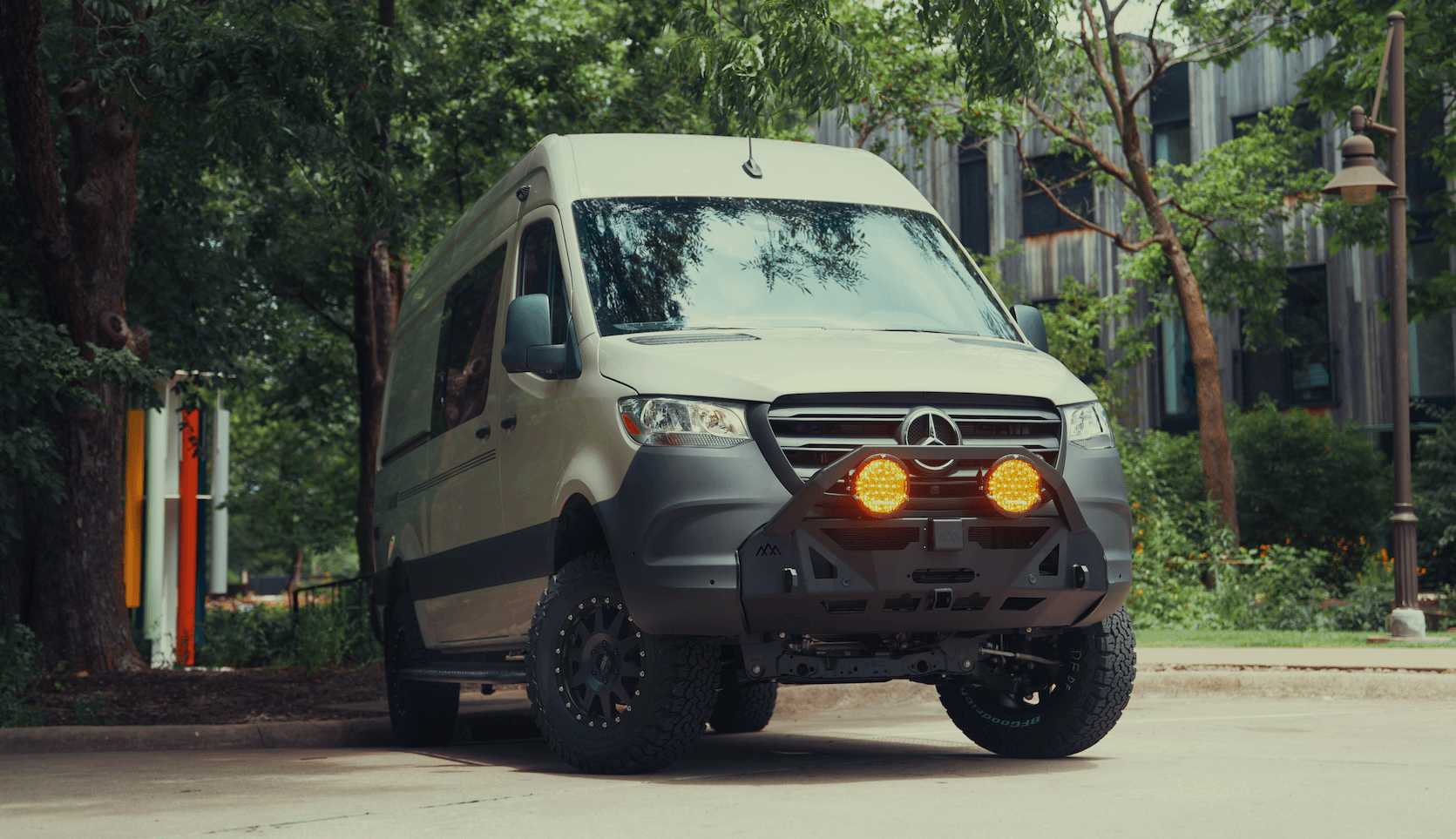Recreational Vans

Aluminum bodies bring light weight, high stiffness to weight, and strong corrosion resistance in air. Add moisture, road salt, and a bolted accessory made from a different metal, and the story changes. When aluminum touches a more noble metal in the presence of an electrolyte, a tiny battery forms. The result is galvanic corrosion that eats the softer metal and stains paint, seams, and fastener heads.
Isolation blocks that reaction. Nonconductive layers separate dissimilar metals so ions cannot trade places. Sealants keep electrolytes out of the joint. Proper coatings slow down attack even if the barrier shifts over time. With the right details, you maintain the benefits of an aluminum shell while avoiding pitting, bubbling paint, and seized hardware.
Every metal has a position on the galvanic series. Place aluminum next to stainless or copper and aluminum becomes the anode. Water and salt supercharge the reaction. The fix is simple in concept: stop the circuit. Barriers, sealants, and smart fastener choices break the electrical path and block the electrolyte.
Aluminum panels can ring at higher frequencies than steel. Isolation helps here too. Use constrained layer damping to calm panel resonance, closed cell foam to decouple interior finishes, and rubber mounts on racks to tame structure borne noise.
Isolation does not mean ignore grounding. You still need a clean, intentional chassis bond for 12 volt systems, antennas, and safety devices. Create dedicated bonding points with treated aluminum, use serrated star washers designed for aluminum, and protect the bond with conductive anti corrosion compound while keeping other joints fully isolated.
Successful isolation starts with the interface. Think in layers and edges. Select materials that remain stable under heat, cold, and compression.
Torque practice matters. Over compression can squeeze out a thin barrier and rebuild the galvanic path. Use wide washers to reduce contact stress and recheck torque after initial bedding.
You cannot see under a bracket once it is set, so plan for service. Build to keep water out and allow water to drain when it does get in. Smooth edges, chamfer holes, and cap any exposed cut with primer and paint before install.
Thermal behavior matters in aluminum. It expands more than steel, so long mounts need slotted holes and flexible gaskets to accommodate movement without scraping coatings. On roof racks or awning brackets, consider rubber isolation pads with fabric reinforcement to sustain clamp loads while preserving the barrier.
Grounding deserves its own plan. Create a documented bonding map for power systems and radio gear. That way you maintain isolation where you want it and ensure conductive paths only where safety and performance require it.
Isolation for aluminum bodies is a game of details. The right tapes, sleeves, sealants, and torque sequence turn a potential corrosion hotspot into a stable, quiet, serviceable mount. If you want an aluminum body van or truck upfit that stays clean year after year, choose a builder that treats every interface like a system, not an afterthought.
At OZK Customs, we design mounts, cabinetry, and exterior gear for aluminum shells with purpose built isolation, sealed fasteners, and planned bonding points. Our team tests interfaces, validates torque windows, and documents service steps so your rig stays quiet and corrosion resistant on rough roads and salty winters. Explore our Recreational vans to see how we turn concepts into long range travel rigs. When you are ready for a one off interior or exterior package, start with our Custom build van process, or review our finance friendly Mainstream vans options to match your budget and timeline.
Strong aluminum, quiet interiors, and clean joints are not luck. They come from careful materials, proven methods, and a shop that builds like it will own the service history. Let us spec your isolation the right way.
Contact us today to build it right from the first bolt.
Ready to protect your aluminum body build from corrosion, noise, and electrical issues? Tell us how you travel, and we will design a clean, quiet, and durable solution. Fill out the form and let OZK Customs turn your spec into a road proven reality.
ADDRESS:
6159 E Huntsville Rd, Fayetteville, AR 72701
PHONE:
(479) 326-9200
EMAIL:
info@ozkvans.com